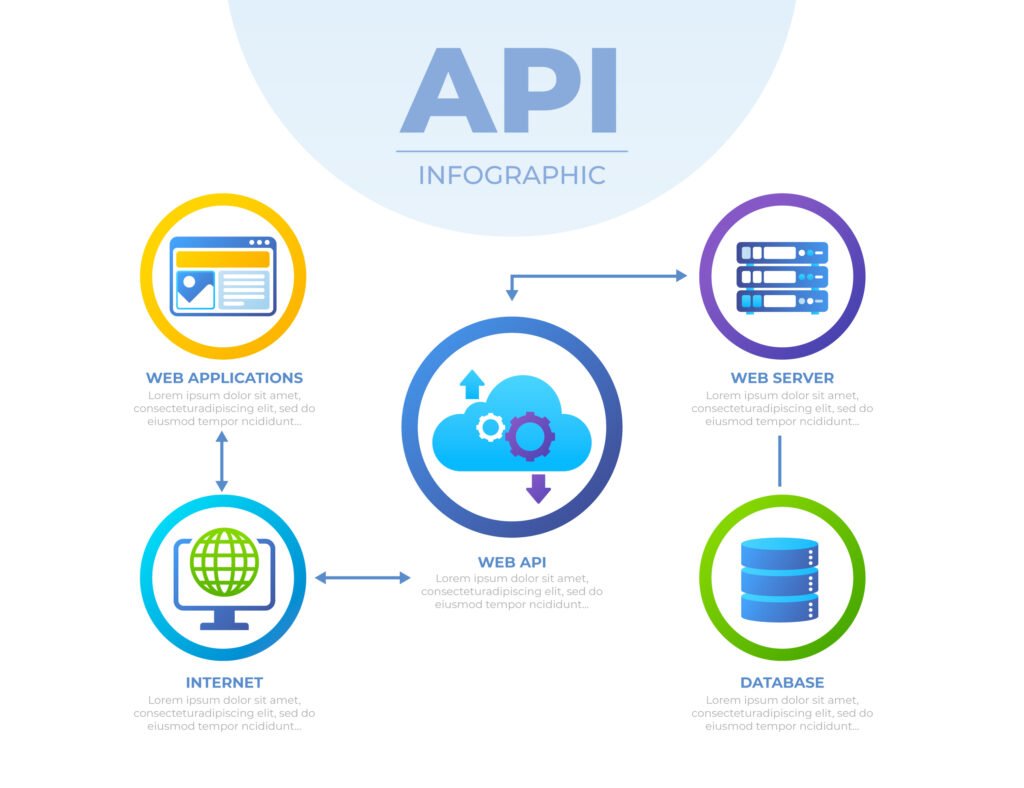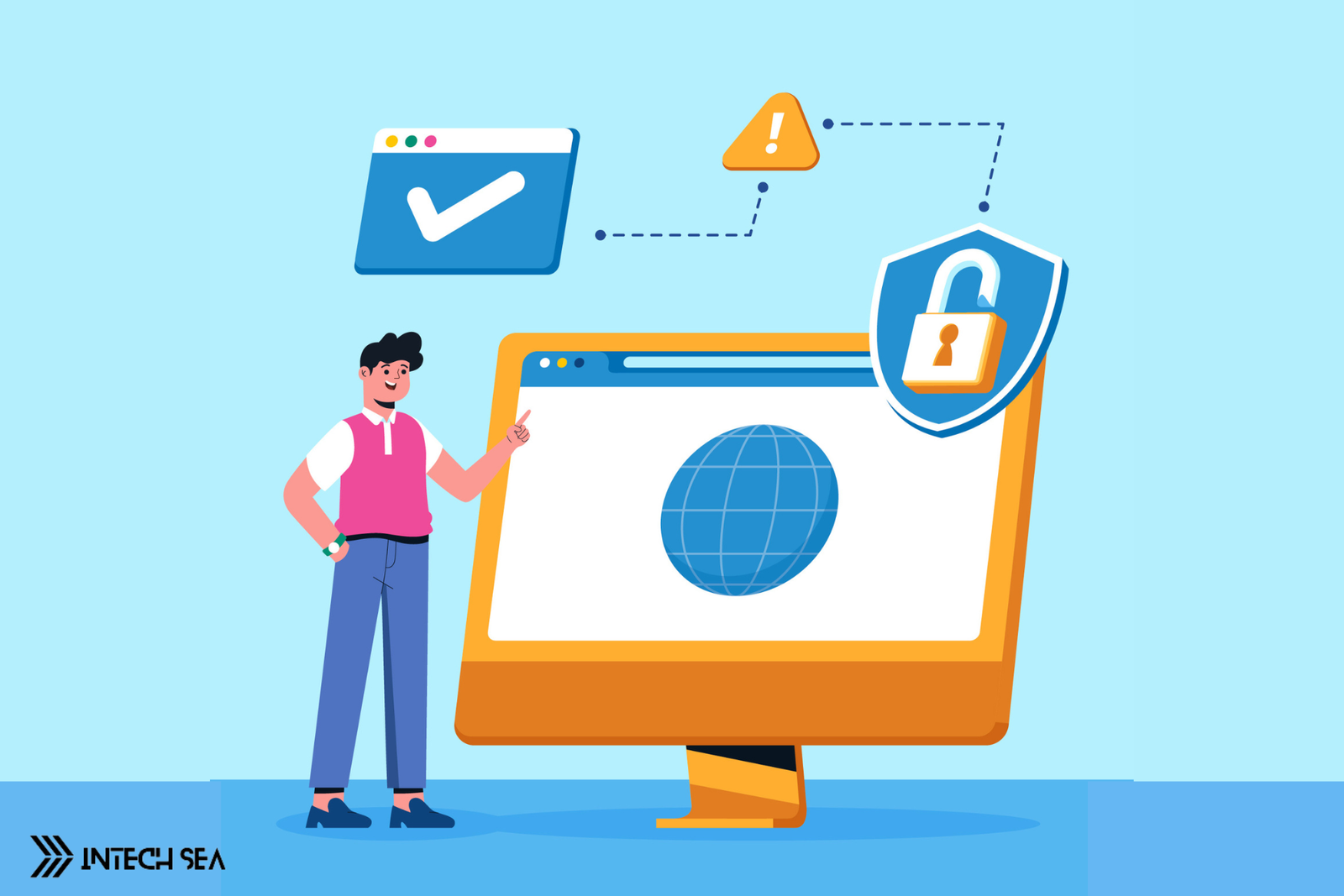SSL ensures API communications are sure by encrypting data during transmission to provide confidentiality and integrity. SSL ensures that communications cannot be impersonated or tampered with by means of a man in the middle attack by authenticating the server. By creating a safe connection, SSL/TLS protects sensitive data and inspires confidence in users with API transactions.
- Importance of API security
- Overview of SSL/TLS
- Key benefits of using SSL/TLS for APIs
Key Points
- SSL/TLS provides encryption for data in transit, ensuring confidentiality.
- It authenticates the communicating parties, preventing impersonation.
- Data integrity is maintained, protecting against tampering and eavesdropping.
- Challenges and best practices for implementing SSL/TLS in APIs.

Understanding SSL/TLS
Cryptographic protocols called TLS (Transport Layer Security) and SSL (Secure Socket Layer) are used to protect network connections.
-
Overview of SSL and TLS protocols: This is where SSL started its life as the very first protocol developed to secure a vast array of communications over the internet. TLS, on the other hand, is the later version of the protocol with a promise of better security and a lot of performance enhancements.
-
Differences between SSL and TLS: One of the many advantages TLS has over SSL is stronger encryption algorithms and better security mechanisms. Today, SSL is already regarded as obsolete, nonetheless; it is used synonymously with TLS.
-
Importance of SSL/TLS in modern web security: An important aspect of SSL and TLS is that sensitive information is being protected in transit over the internet, like personal information and payment details.

Understanding API
Application programming interfaces, or APIs, form the basis for modern web development. They allow many apps and services to communicate and trade information over the internet. However, this exposes them to security threats such as eavesdropping, tampering, and impersonation. So how can one protect APIs against the threats they pose? The most common and effective method is SSL/TLS encryption.

How SSL/TLS Secures API Communications
SSL/TLS dendrites the transmission of data over an API by several means of protection.
-
Mechanism of encryption during data transmission: SSL/TLS uses encryption that scrambles the content, making it unreadable to anyone who is not authorized. This renders the communication both confidential and protected from spying attacks.
-
Prevention of the Man-in-the-Middle Attack: SSL/TLS makes it impossible for the attacker to intercept or vary the communication since global user authentication forbids it.
-
Non-reputability, confidentiality of data, and integrity: SSL/TLS ensures that the data constantly remains intact. It provides confidentiality and prevents unauthorized access to or tampering of communications.
The SSL/TLS Handshake Process
The SSL/TLS handshake is a critical process that establishes a secure connection between the client and server.
-
Different processes in the handshake: The handshake consists of several parts of negotiation over encryption algorithms, server authentication, and key exchange.
-
Steps to make a secure connection: The process usually consists of a “hello” message from the client, the server’s signature, and a discussion of the encryption method.
-
Why certificate exchange is important: Certificates from recognized certificate authorities (CAs) provide certification of the identity of the server, assuring clients that they are communicating with the legitimate server.
Benefits of Using SSL/TLS for APIs
Implementing SSL/TLS for APIs offers numerous advantages.
-
Encryption enhances security: SSL/TLS encrypts information when moving between two locations, preventing unauthorized access while ensuring confidentiality.
-
Increased trust and confidence: Users are likely to trust an API that uses SSL/TLS, especially when security indicators like HTTPS in its URL are visible.
-
Compliance with industry standards and regulations: Many regulatory frameworks mandate the use of SSL/TLS to protect sensitive data, making it a must for compliance.
Challenges of Implementing SSL/TLS
While SSL/TLS provides significant benefits, there are challenges associated with its implementation.
-
Inversing a categorization: The whole management of SSL/TLS certificates is a real headache requiring continuous upkeep and monitoring to avoid any potential security breaches.
-
Performance overhead and latency issues: Encrypted and decrypted processes could bring due latency to API performance issues.
-
Compatibility with legacy systems: Older systems could not support modern SSL/TLS configurations, which could lead to compatibility issues.
Best Practices for SSL/TLS Implementation
To maximize the security benefits of SSL/TLS, organizations should follow best practices.
-
Obtaining SSL certificates: Always take certificates only from reliable certification authority to legitimize and assure trustworthiness.
-
Tips for setting up SSL: Setting up SSL is very important; therefore, current versions should be used with strong encryption and all outdated versions disabled.
-
Importance of regular audits and updates: Perform periodic audits of the SSL/TLS configurations, and update accordingly to mitigate new threats and vulnerabilities.
Common Misconceptions about SSL/TLS
There are several misconceptions regarding SSL/TLS that need clarification.
-
Addressing myths about SSL/TLS safety: Some people believe an SSL certificate will completely protect their website, and this isn’t true. Proper implementation and upkeep are critical.
-
Myths about SSL/TLS security: Although SSL/TLS offers considerable security improvements, it does not safeguard against all attacks; indeed, it does not protect against such things as application-level vulnerabilities.
-
The SOS (security, operational systems Security) deal is essential: This says that SSL/TLS shouldn’t be a standalone solution but part of a wider security posture that includes things like firewalls, IDS, and regular security assessments.
Monitoring and Maintaining SSL/TLS Security
Ongoing monitoring and maintenance are essential for SSL/TLS security.
-
SSL/TLS connection monitoring tools and techniques: Automated tools can be used to keep SSL/TLS connections in check against findings as well as ensure compliance with security standards.
-
Best practices for certificate renewal and management: Timely processes for certificate renewal and management are necessary to prevent security lapses.
-
Logging and incident response importance: Logs of SSL/TLS actions must be taken as well as the provision of an incident response plan that will deal with unauthorized access.
Real-World Examples of SSL/TLS in Action
Examining real-world cases can provide insights into the effectiveness of SSL/TLS.
-
Description of exemplary SSL/TLS implementations: Will analyze the organizations already providing SSL/TLS and the benefits accrued in their precious sectors.
-
Lessons learned from security flaws: Investigate incidents with respect to unsafe SSL/TLS implementations and the ensuing consequences.
-
Impact of SSL/TLS on API performance and reliability: How does SSL/TLS help improve the performance of APIs by reducing errors and streamlining data integrity?
Future Trends in SSL/TLS Security
The landscape of SSL/TLS security is continually evolving.
-
This next list concerns up-and-coming technology and standards: Stay abreast of newly adopted SSL/TLS protocols and encryption methods.
-
Expectations for the Future of SSL/TLS: Be forewarned that SSL/TLS usage and implementation will continue to change while the nature of security threats evolves.
-
SSL/TLS Roles with API Security: Together, explore how SSL/TLS will remain a basic security enabler for API communications.
Conclusion
Implementing SSL/TLS for API communications keeps your data safe and users trust your platform.
-
Review the role of SSL/TLS in API security: SSL/TLS is very important in protecting sensitive data during communication and thereby disallowing access by undesired parties.
-
Mention the pros and cons of implementation: SSL/TLS provides a good head start regarding security, yet organizations are still faced with managing certificates, the performance overhead caused by SSL, and all the good, bad, and ugly that comes with it.
-
Encourage the best practices for maintaining SSL/TLS security: Regular audits, timely renewals, and appropriate configuration are essential for maintaining adequate protection from threats.
FAQs
What are the differences between SSL and TLS?
SSL is the predecessor of TLS. While both aim at the same goal of securing communication across a network, TLS is the upgraded version of SSL, thus more secure with better encryption algorithms and security features.
How do I implement SSL/TLS on my API?
Get an SSL/TLS certificate from an established and trusted Certificate Authority (CA), install the certificate on the server, and reconfigure the API endpoints to accept traffic over HTTPS. Periodically monitor and renew your certificates to keep the service secure.
What does not using SSL/TLS for an API expose the API to in terms of risk?
Not using SSL/TLS exposes the APIs to the risk of data interception, man-in-the-middle attacks, and unauthorized access to sensitive information. This can actually lead to data breaches and users losing trust.







